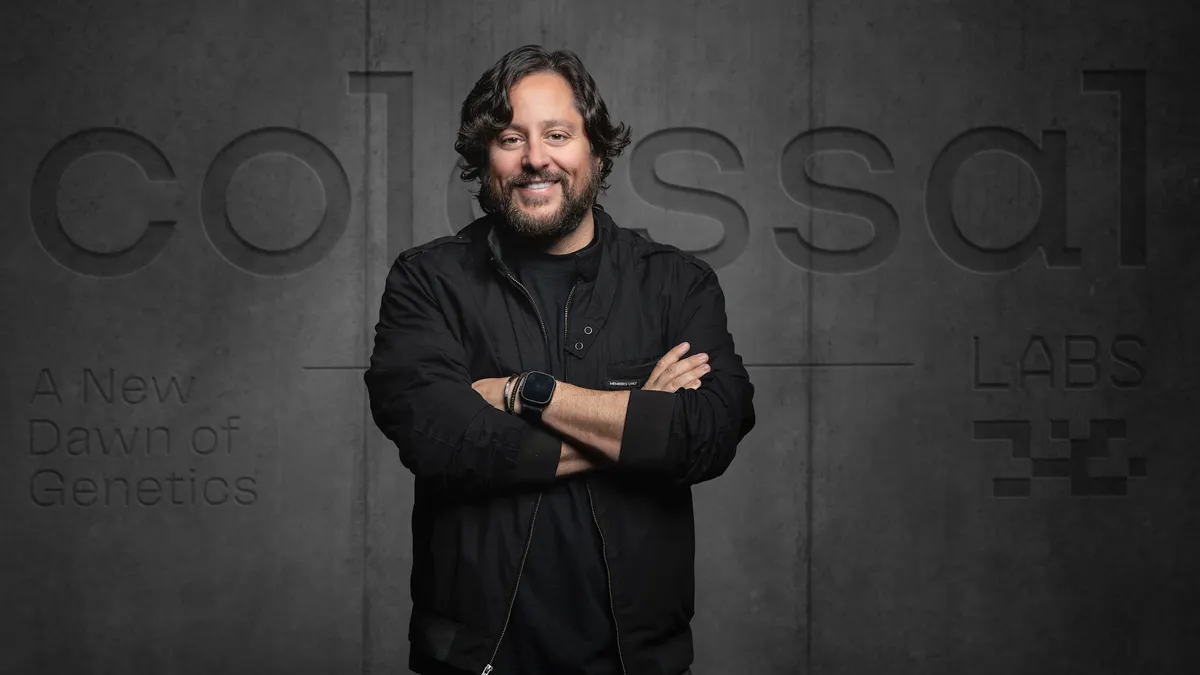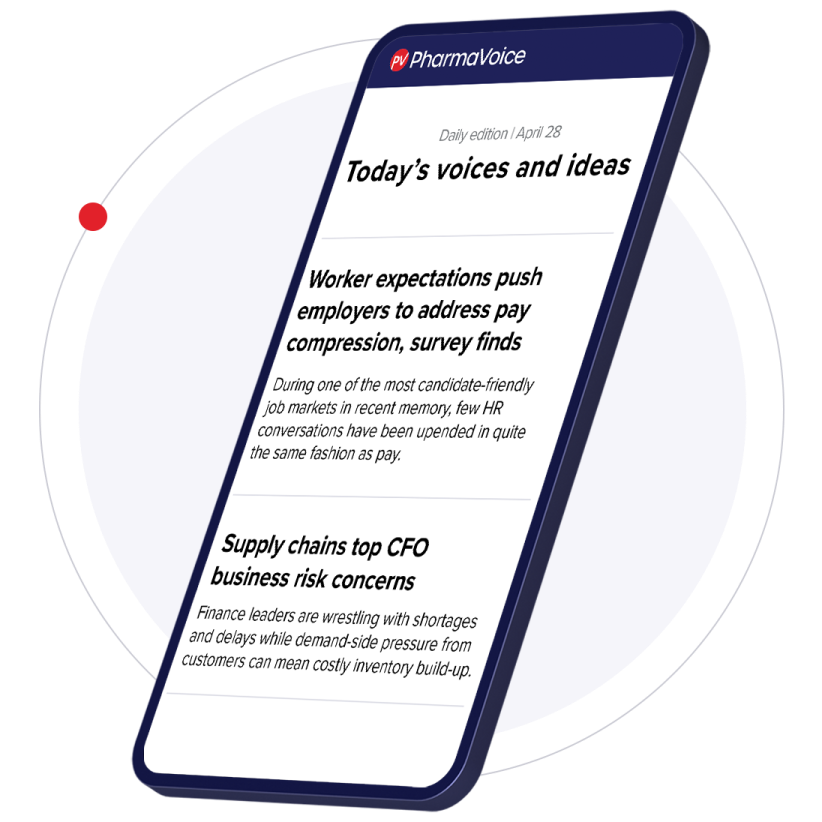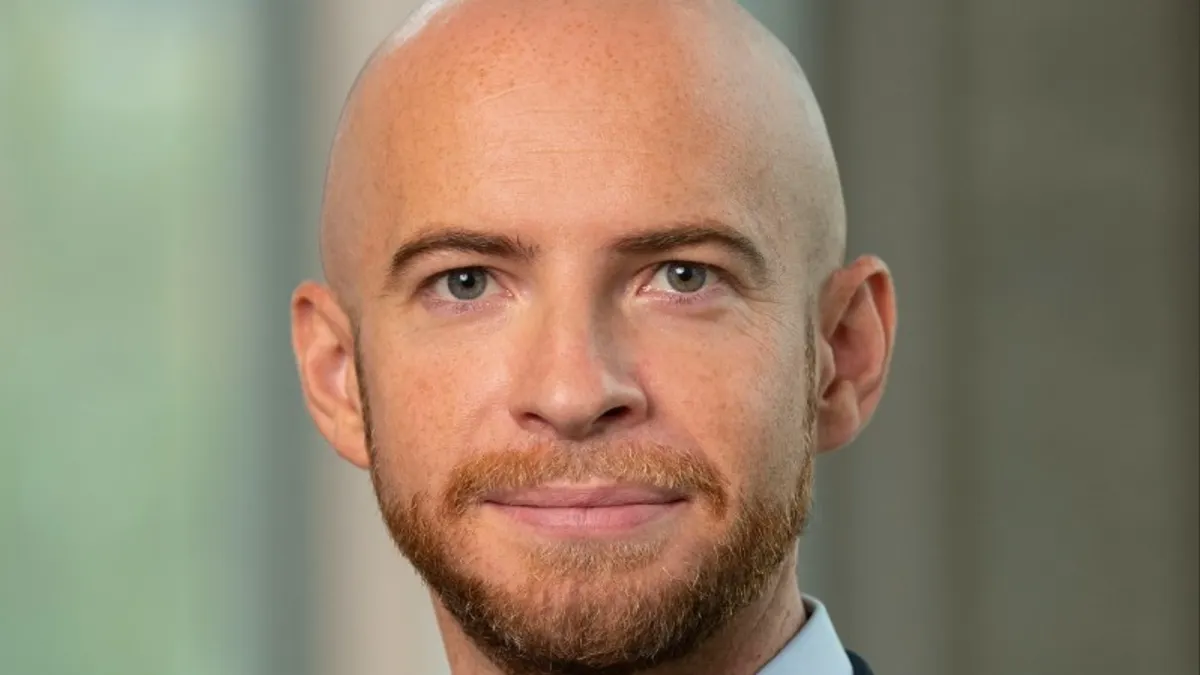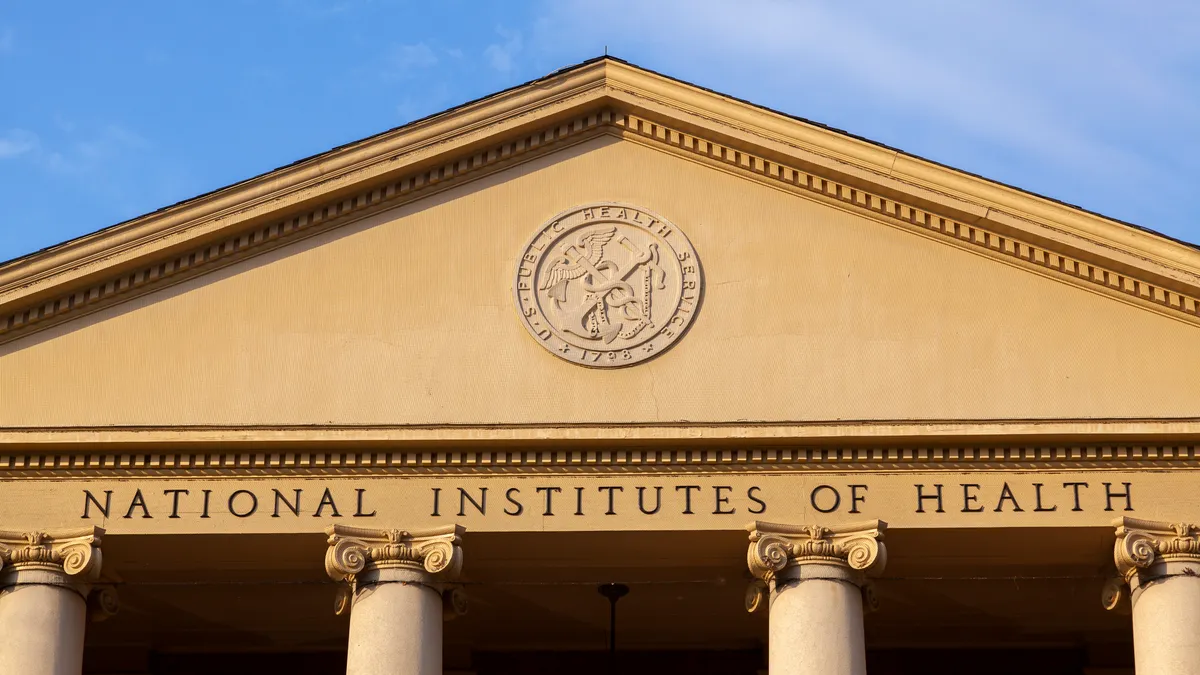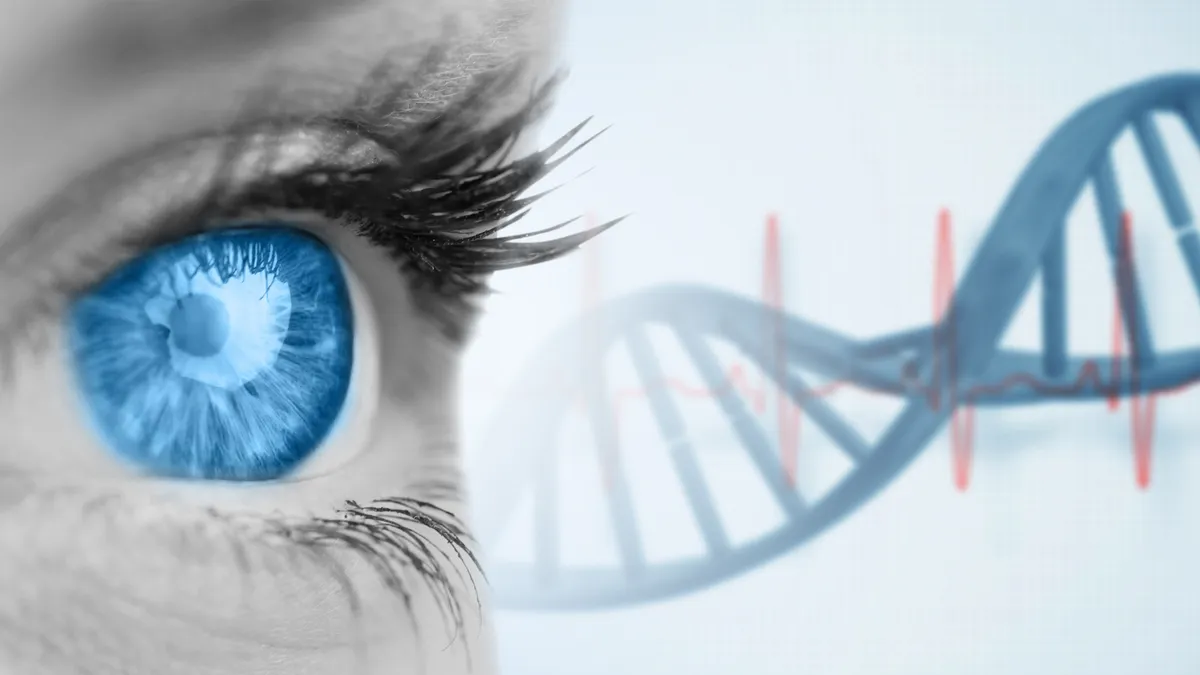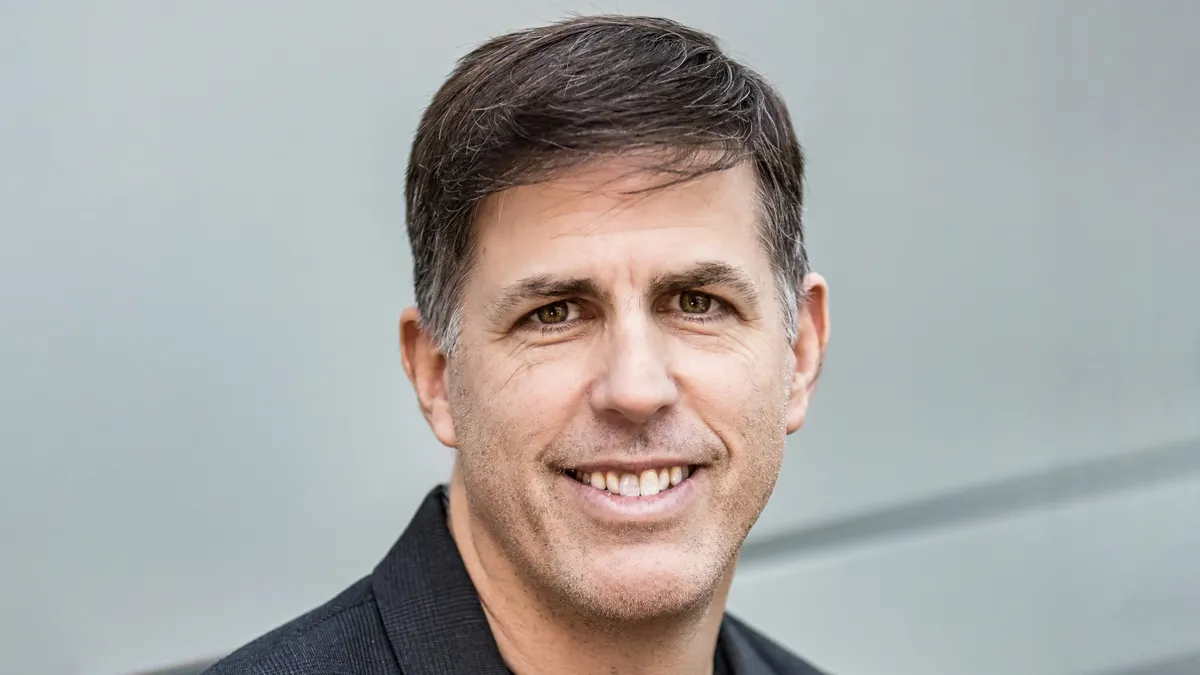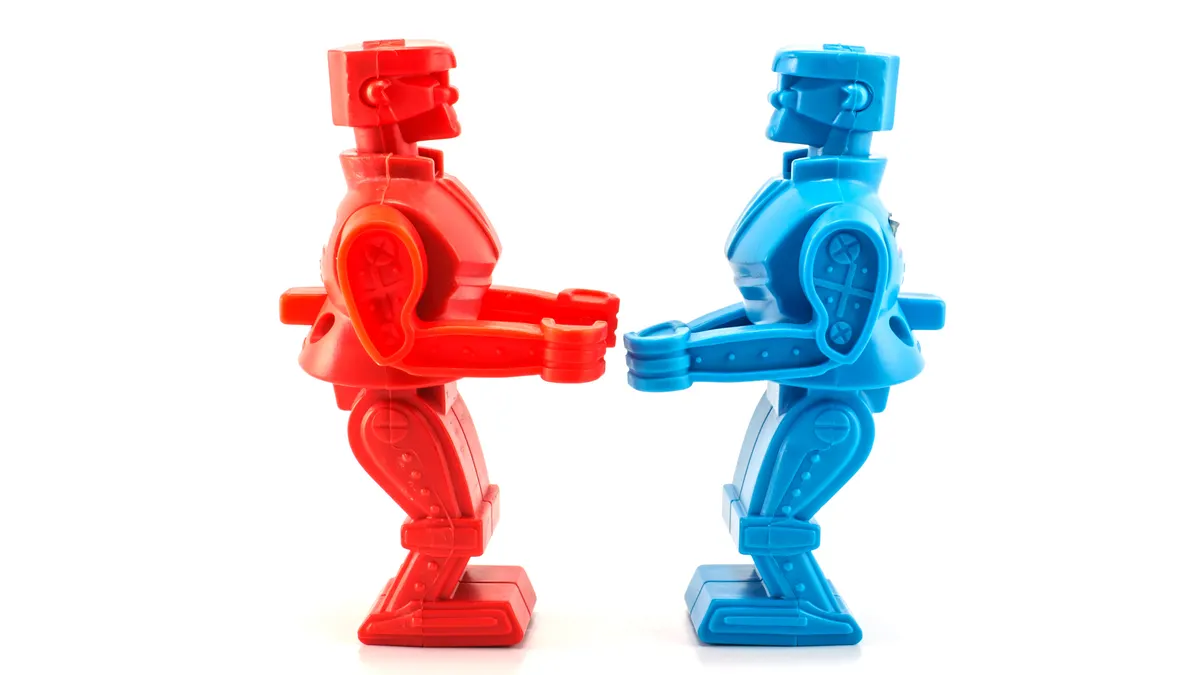When CEO Ben Lamm steps into the spotlight, it’s usually to talk about his efforts bringing extinct animals back to life. Once a far-flung idea, Lamm and the company he heads, Colossal Biosciences, have proven they can pull it off.
That wow-inducing moment came last year when Colossal unveiled “dire wolf” pups created with gene engineering techniques that leveraged a rewritten genome made from preserved DNA.
Born with 20 dire wolf traits, the modified gray wolves now boast large, muscular frames, sharper teeth and a distinctive howl that’s been absent from earth for over 10,000 years. But the fair-haired canines are just the tip of what Lamm and Colossal hope to achieve.
Similar to the way NASA’s effort to launch humans into space once triggered a frenzy of technological advances in areas like energy production and materials science, Colossal bills its de-extinction work as a starting point for waves of adjacent innovations. And while its research is focused on animals, Colossal aims to break ground in areas that could impact human health.
In fact, its work in areas like disease modeling and gene therapy development are part of the long-term “monetization model” for Colossal, which has already landed in biotech’s coveted “decacorn” club by surpassing $10 billion in market valuation.
The first example of Colossal’s pharma business model came in 2022 when the company spun out Form Bio, a startup with a computational life sciences platform that can synthesize large amounts of data for multiple use cases, such as AAV gene therapy design.
“We are at the doorstep of synthetic biology … and what [it] can give the world,” Lamm told PharmaVoice at the time.
Other healthcare-related deals — through new spinoffs or licensing agreements to use the company’s tools and technologies — are likely to come in due time, according to Lamm.
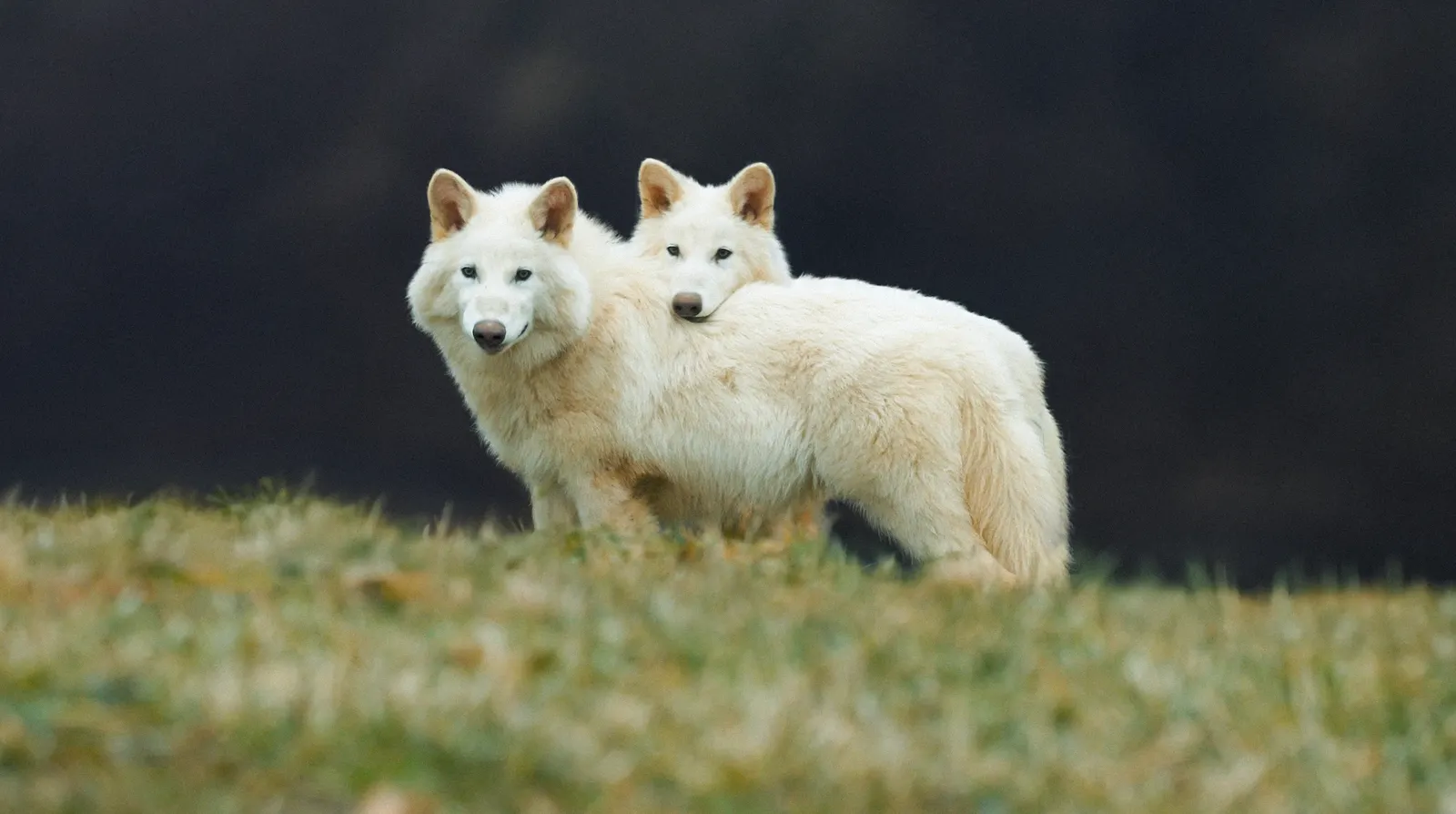
While investors have flocked to Colossal’s mission and ambitious goals, the company also has gotten heat from scientists over the ethics of tinkering with lost species and whether its modified animals can even be considered “de-extinct.”
But Colossal is charging ahead with promises to replicate its dire wolf success with dodo birds and the woolly mammoth, among others. Along the way, more is being revealed about what its research could mean for human health.
Much of Colossal’s work is still early-stage, however, and its scientists have not published results for all of its breakthroughs.
“One of the things we get feedback on is that deliverable [of published data] …. and we’re trying to find the balance on that while we work,” Lamm said.
In the meantime, Lamm offered a sneak peek at what’s been going on inside Colossal’s labs and the innovations he says its researchers are making that could eventually transform areas of drug development and healthcare.
Delivering multiple edits in one shot
It takes just one targeted edit to the BCL 11A gene for Casgevy — the world’s first approved CRISPR-based gene editing drug — to offer life-changing results for sickle cell disease. Imagine if a therapy could offer more edits in a single dose? That’s the direction Colossal’s research is pushing the field, Lamm said.
To overcome the challenge of delivering multiple edits into one animal that will give them the traits of an extinct species — such as the 20 that were used to create dire wolves — Lamm said Colossal is using an AI-assisted guide to design and package clusters of different gene editing modalities. But they’re not just playing a numbers game with the edits — the process has to be efficient to minimize off-target effects as well.
“Every time you have some level of cell toxicity. The cells have to recover … and we have to make sure it all works,” Lamm explained.
The highest mark Colossal has been able to hit so far is 95 edits with 95% efficiency.
“That’s huge,” Lamm said. “No one’s ever done that before.”
And over time, Lamm believes that process could be scaled up to 1,000 edits or more. While that could be far more edits than a drug developer needs to create an effective therapy, the breakthrough could change how multi-genetic diseases are treated, Lamm said.
“It could be very applicable for everything from mRNA vaccines to human genome therapies,” Lamm said.
Insights from non-human modeling
By regulatory design, pharma companies focus their research on a small number of animal species such as non-human primates and mice. Elephants, for example, aren’t usually on the research agenda.
“It’s not like you’re going to find a Charles River lab with 100 elephants in it,” Lamm quipped.
But there’s a lot to be learned about human health from elephants and the wider animal kingdom in general.
For one of its de-extinction projects, Colossal plans to create a “cold-resistant elephant with all the core biological traits of the woolly mammoth” — an endeavor that requires building a reference genome for elephants. As part of its research, Colossal scientists have been figuring out how to regulate a protein called P53, widely believed to be a tumor suppressor responsible for elephants’ low cancer rates.
Learning how P53 can be turned up or down could clear a path toward understanding how humans can better fight cancer. And while Colossal doesn’t currently plan to bring those insights into the medical field, Lamm has indicated that the opportunity could be there for partners in the healthcare industry.
Similarly, Colossal’s research into dodo birds could illuminate how immune systems work in avian species, bringing a better understanding of how to suppress infectious diseases like the bird flu.
Overall, with each de-extinction process, Lamm said Colossal is building a dataset of the genome for different animals that could lend itself to scientific research into a range of healthcare challenges.
Artificial womb development
Scientists have been pushing for years to develop artificial wombs that could offer a lifeline to babies born too prematurely to survive.
“The de-extinction stuff doesn’t feel like sci-fi anymore,” Lamm said. “But the artificial womb does.”
Colossal’s work growing embryos outside a womb could help set the stage for that advancement. To grow its modified clone embryos before they’re implanted into surrogate animals, Lamm said Colossal has developed a unique media mixture and hydrogel matrix that works inside a microfluids device. The technology allows embryos to grow for longer than the typical time human embryos last in a lab setting.
“Even if that doesn’t yield an artificial womb today, that’s a step function in terms of what can be done in the space,” Lamm said.
The technology could also be a boon to IVF where human embryos are monitored in a lab before being transferred into a uterus.
“If we can have a system that helps developing embryos be the healthiest they can be before they’re frozen or implanted, that’s awesome,” Lamm said, adding that he’s “bullish” on the prospects of Colossal’s work in this arena having a direct impact on human healthcare and one day generating new spinouts from the company.



